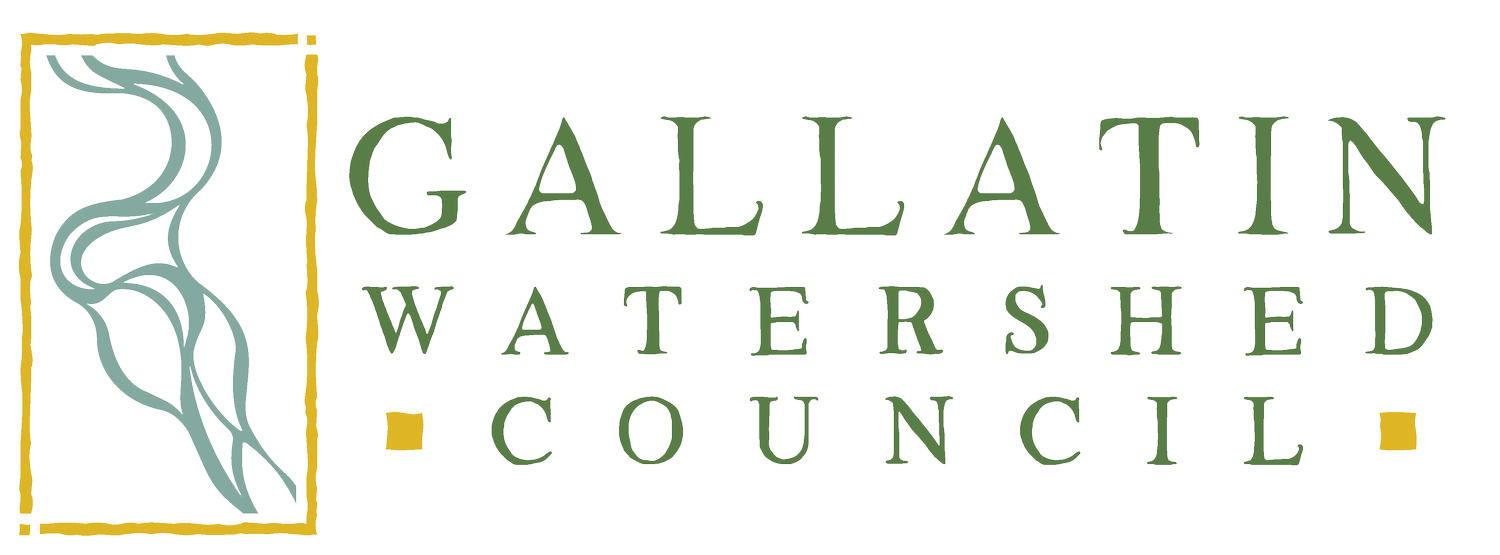Watershed Wednesday: Times are a-Changin’
Bob Dylan was not singing about the Lower Gallatin Watershed, but there is truth to his words! The population within the Gallatin Watershed was estimated to be around 119,000 in 2020 (U.S. Census Bureau, 2020) and continues to grow. A growing population translates into an increase in demand for water. As Gallatin County and the area itself becomes more developed, there is also a shift in water usage.
Instead of agriculture, water supply is trending toward residential and commercial uses. A direct effect of the shift in land use away from agriculture can be seen by the lessening of aquifer recharge with less flood irrigation and ditch seepage. This means that there is now less water coming from irrigation on the surface that would be slowly infiltrating itself into the groundwater and recharging directly back into the aquifer.
An aquifer is a body of rock and/or sediment and holds groundwater. Most groundwater comes from aquifers.
In addition to affecting recharge, water quality can be subject to change. Due to the increased number of individual septic systems, there is a higher risk of localized contamination. Negative impacts could be additional bacteria, viruses, nitrate, pharmaceuticals, personal care products and household cleaners finding their way into our water supply.
On an individual basis, a best practice would be to have your septic system pumped on a regular basis, inspected periodically, and to not drive or plant trees on top of your drain field.
The Gallatin Local Water Quality District (GLWQD) has published an informational “2020 Gallatin State of the Waters Report” that expands on the Gallatin Watershed’s water resources and aquifers.


